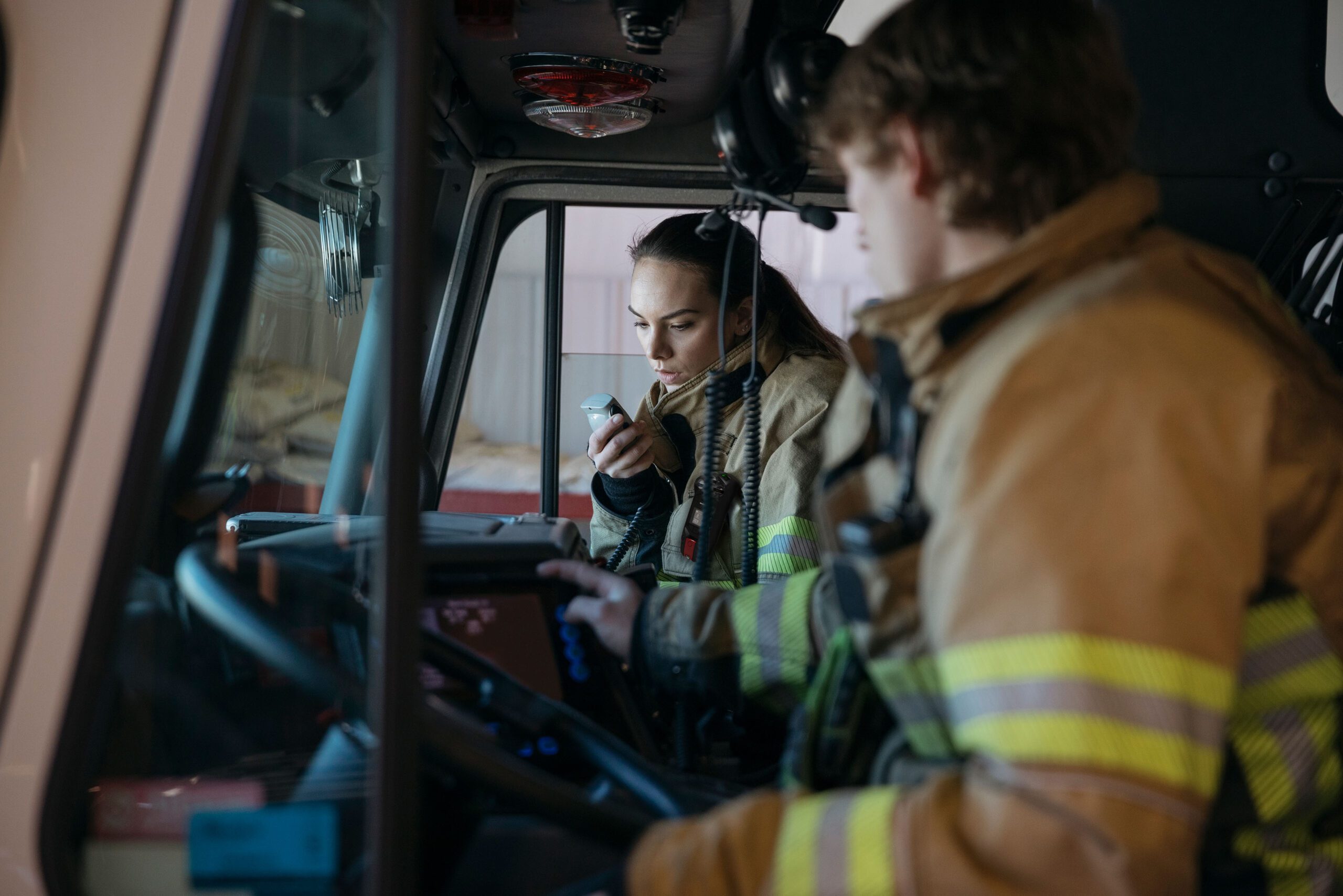Critical incident management system using an interactive simulated environment
Dr Jane Barnett from Middlesex University explains the CRISIS Project – an on-demand training platform for incident management
Crisis management training occurs infrequently. Full-scale incident training exercises are often conducted every two to three years, with up to three small-scale scenario training sessions each year. This is because the cost of preparing a large-scale training exercise is expensive. For example, a one-day exercise conducted by a UK-based police force required a 90,000 page script, 4,500 actors, which included 200 victims and 250 emergency service personnel; the subsequent evaluation took three months and even longer to disseminate the learning points. Overall cost: More than £500,000. Similarly, Lisbon Airport and other major airports conduct a major exercise once every two years. Within the intervening two years, staff who have been involved in the exercise may have left or taken up new appointments or roles elsewhere, leaving gaps in the organisation’s preparedness. Large infrequent exercises are therefore used mainly as a validation or assessment of readiness exercise, rather than as training exercises to prepare the team for such an eventuality. This raises the need for alternative avenues for training the crisis and airport operations managers in dealing with unusual, out of the norm situations and major incidents such as a terrorist attack.
The CRISIS Project
In May 2010, the CRISIS project started, a 36-month project, with 12 partners from across Europe led by a team from Middlesex University, United Kingdom. The partners combined their skills and expertise to develop a train-on-demand simulation platform, which adapts advanced video game technology to train crisis managers within complex and uncertain environments. The project is based on iterative user studies at Lisbon Airport, Caiscais Aerodrome (Portugal), Reykjavik Airport (Iceland), and the British Transport Police (UK). Through a ‘smart’ interface, users with limited programming ability will be able to configure the simulation (avatars, props and their behaviours) thereby allowing the same engine to be used to train crisis managers at other airports, rail crossings, or even a football stadium. In terms of competency-based training, CRISIS will emphasise real-time cue recognition diagnosis, planning under uncertainty and stress, decision-making, information handling, team coordination and human interoperability, rather than just the presentation of a situation and to choose between predefined options.
The CRISIS system will take instructors and trainees through three phases: Planning, training, and evaluation.
Planning
By making use of a concept known as the Variable Uncertainty Framework, the instructor can plan reusable training scenarios of varying levels of complexity, which will play out differently each time they are run. Additional unexpected or startling events can also be injected to occur at random intervals, which test the decision-making skills of the trainee.
Training
The exercise is run inside the CRISIS training environment, presenting trainees with a complex 3D view of the scene. Allowing them to freely navigate through the environment allows them to build up a situational assessment of the occurrence, guiding their decision-making processes. They can also interact and communicate with fellow trainees inside the 3D world.
Evaluation
An after action review system allows instructors to provide quick and detailed feedback to the trainees through the use of data visualisations and a communication playback feature. A decision support and knowledge management system also provides real-time feedback regarding trainee performance.
End-user involvement and research: The keys to success
The key to the CRISIS research project is basing the design principles on gathering real-world data and undertaking specific research to maximise the level of realism for the trainees.
Attending live-action training events has provided us with an excellent opportunity to capture the work of real-world crises that have been organised by our end users. The most recent event was organised by ISAVIA, the Icelandic airport and air navigation authority, who developed a live airport accident response exercise during 2012 in accordance with an airport and aircrash rescue plan. The CRISIS partners were invited to attend the event, take notes, and interview the participants so we could get a clear picture of the roles undertaken by each organisation, and how they work together when a crisis occurs. Many organisations were involved in the Iceland live-action event such as various police groups, ICE-SAR (the Icelandic voluntary rescue service), the Red Cross, airline companies, airport services, accident investigations, and volunteers who acted as passengers and their relatives. As a result of participating in the event, CRISIS partners were able witness first-hand the training of crisis management, especially instructors’ roles, training objectives, communications and transfer of training. A thorough research protocol was followed and data gathered from four posts in the exercise with the help of the CITE software, developed by our partner VSL Systems AB, which reports and monitors observations in exercises.
Crisis events are not pre-scripted and unexpected events may occur at any time. Therefore, a core area of research in CRISIS is investigating how unexpected events and startle reactions may negatively affect subsequent decision-making during a crisis. The appearance of an unexpected event may cause emergency services personnel to experience a sudden startle reaction, a psychophysiological defence behaviour, which activates the fight, flight, or freeze response. The momentary pause that is experienced as a consequence of this reaction is the body’s way of assessing the nature of the threat (is it something that can be controlled?), and the necessary action that may be taken to address it (implementing decision-making). Acquiring an understanding of these circumstances and the ways in which they are experienced by personnel is crucial for us when designing training simulations that can effectively prepare individuals for real-world crisis management. We acquired this understanding in two ways – by conducting research, and attending real-world crisis training events.
When conducting our early research, we specifically wanted to acquire a deeper understanding
of four key areas:
(1) Investigating the types of unexpected events that cause a startle reaction;
(2) Capturing the environmental and cognitive cues generated by these events;
(3) Examining the cognitive and behavioural responses experienced by emergency personnel before, during, and after experiencing an unexpected event and startle reaction; and
(4) Assessing the subsequent decision-making processes.
The results provided the CRISIS project with invaluable information, which can be used to design realistic unexpected events that can be injected into the CRISIS crash scenarios. For example, it was found that trainees should be exposed to complex scenarios, which generate disbelief and ‘force’ them to quickly and efficiently think about logical decision-making pathways. Additionally, it became clear that unexpected events mainly occur due to information misperception. Specifically, failure to observe important information, receiving conflicting information, or important information is missing. Therefore, unexpected events designed for CRISIS scenarios will be designed according to information misperception, with a specific focus on complex, severe, and overwhelming situations, containing ambiguous or unusual cues. In this way, trainees can learn to resist pressure, and formulate appropriate handling strategies. As a consequence, this will allow both novice and expert trainees to undertake high cost modes of training, but also make errors at low risk, and increase the likelihood that the trainee’s transfer of training to the real-world will be a positive experience.
From research to the real-world
The core of the CRISIS system is formed by simulation platform XVR for the 3D on-scene visualisation and evaluation platform CITE for scenario management and after action review. The CRISIS platform further consists of an Observer module and a Decision Support and Knowledge Management module to support exercise staff with real-time feedback of trainee performance. All modules are furthermore securely connected via the Secure Integration Platform, to fulfil the security needs of (public) safety & security organisations.
In the past months, all end-users have been trained to create scenarios and use the core components of the CRISIS system. Next steps are integrating the system components, developing new scenarios and implementing these at the
end-users. Once implemented, the evaluation of the effectiveness of CRISIS can start.








